Grow Rare Succulents as Houseplants
Rare succulents have some of the most unusual, fascinating shapes, colors, and growing habits. One thing they can all agree upon, though, is their need for sunshine — and plenty of it.
Take a look at these rare succulents you can grow as house plants.
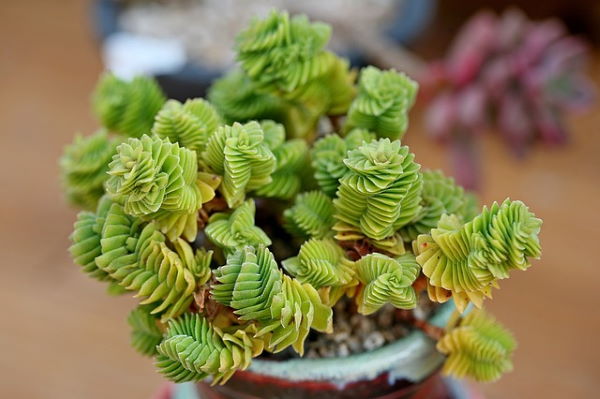 Crassula ‘Estagnol’ (shown above) gives any sun-splashed container garden lots of style.
Crassula ‘Estagnol’ (shown above) gives any sun-splashed container garden lots of style.Spiral foliage of the Crassula ‘Estagnol’ plant make it one of the most captivating succulents you can grow. It is slow-growing, but the stems eventually branch into several stem tips and may bloom with tiny, white flowers. Although there is no family resemblance, this unusual plant is a relative of the more common jade plant.
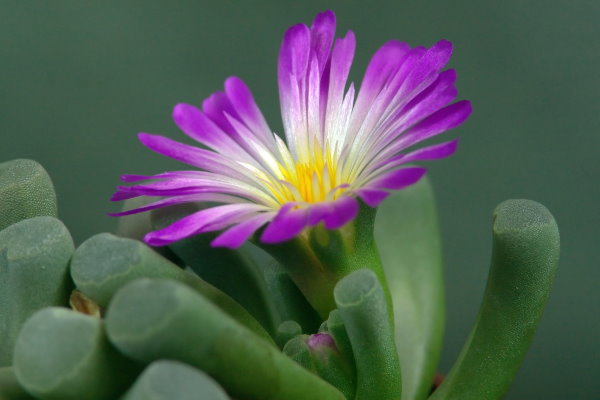 You won’t see this odd plant very often. Baby Toes is hard to find, but it’s actually easy to grow.
You won’t see this odd plant very often. Baby Toes is hard to find, but it’s actually easy to grow.Put Baby Toes (Fenestraria rhopalophylla) in a sunny window and it’ll bloom dependably for you. The tips of the leaves are translucent, letting in sunlight. They’ll get wrinkly when the plant needs watered. This is fun: those “toes” wiggle around, following the sunlight throughout the day.
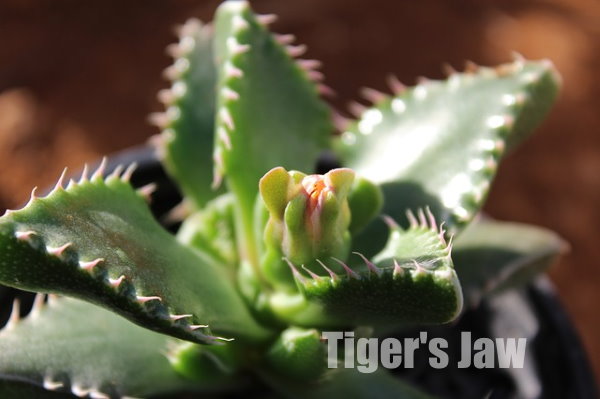 This fascinating, rare succulent is about to bloom. Tiger’s Jaw has bright yellow, rayed flowerheads.
This fascinating, rare succulent is about to bloom. Tiger’s Jaw has bright yellow, rayed flowerheads.Tiger’s Jaw (Faucaria tigrina) has a ferocious look to it, but don’t be frightened. Give it plenty of sunlight and fast-draining potting mix and you’ll find it’s actually easy to get along with. In autumn, this South African succulent blooms in abundance.
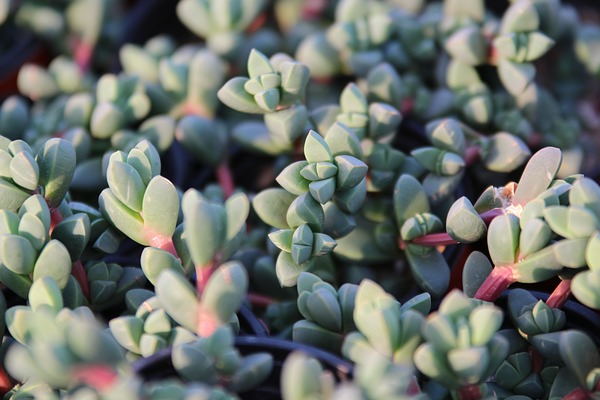 Ice Plant is easy to please if you have a sunny spot for it. Photo credit: manseok Kim
Ice Plant is easy to please if you have a sunny spot for it. Photo credit: manseok KimBe prepared to answer “What is THAT?”…or perhaps “Is it real?” when you display Ice Plant (Corpuscularia lehmannii) in your home. Throughout summer, those chunky, fleshy leaves are upstaged by yellow daisy-like flowers. Despite its common name, Ice Plant, it’s not cold hardy. Keep this South African native indoors because it likes the same warm temperatures we do.
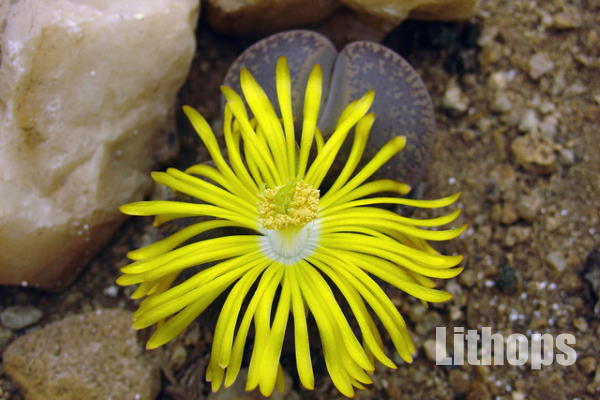 Lithops are fascinating to watch through their unusual growth cycles. Mature plants flower in fall.
Lithops are fascinating to watch through their unusual growth cycles. Mature plants flower in fall.Called Living Stones because they blend in with the rocks in their native habitat, Lithops sp. have become captivating to even the casual plant collector. Hundreds of species of these South African succulents exist, in every color, texture and pattern imaginable — and some you just have to see to believe. L. aucampiae (shown here) blooms in autumn.
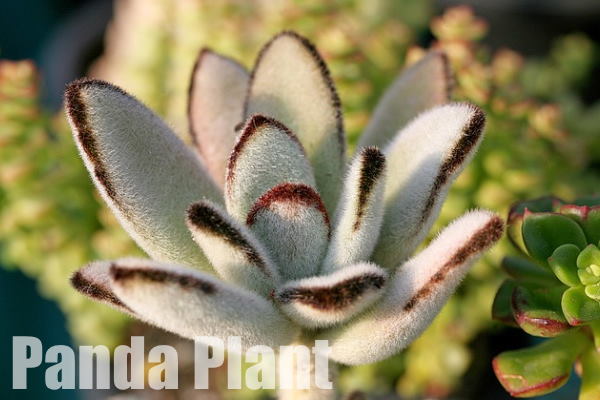 Panda Plant’s soft, fuzzy leaves make it an eye-catching houseplant that’s easy to live with.
Panda Plant’s soft, fuzzy leaves make it an eye-catching houseplant that’s easy to live with.This unique succulent is Kalanchoe tomentosa and it is a must-have. Add Panda Plant to a succulent dish garden for a dazzling new dimension. (It’s captivating all on its own, too.) Its thick, soft, furry leaves look like panda paws… or perhaps cat’s ears. Which begs the question… Is it more of a pet or a plant? You decide.




